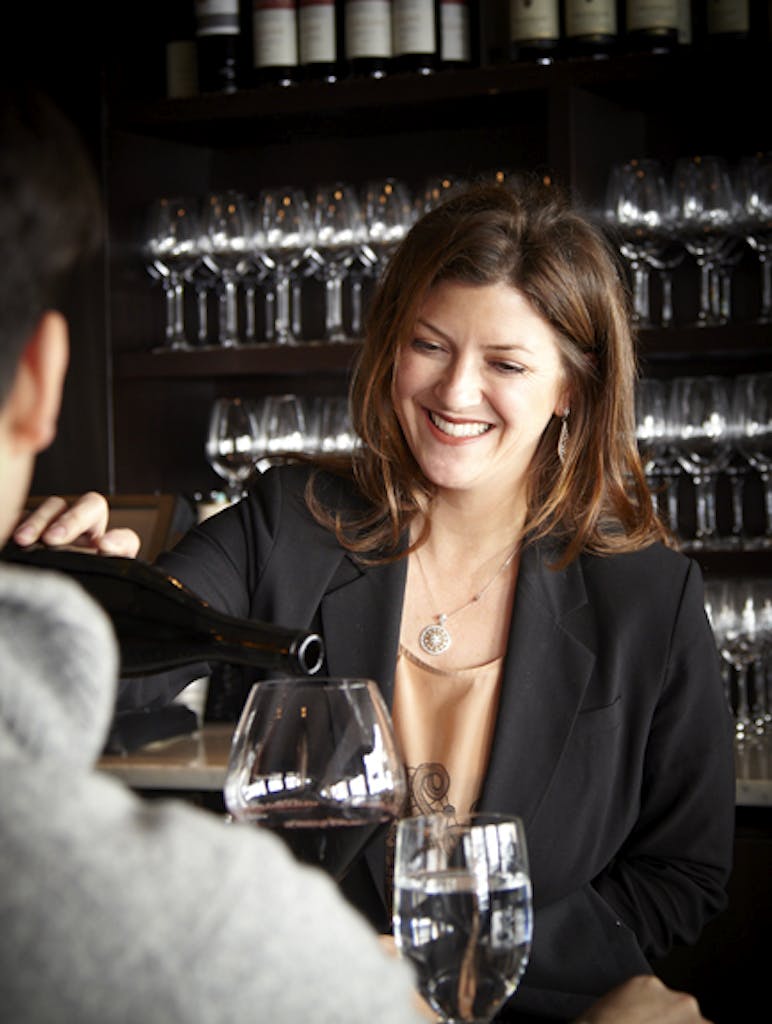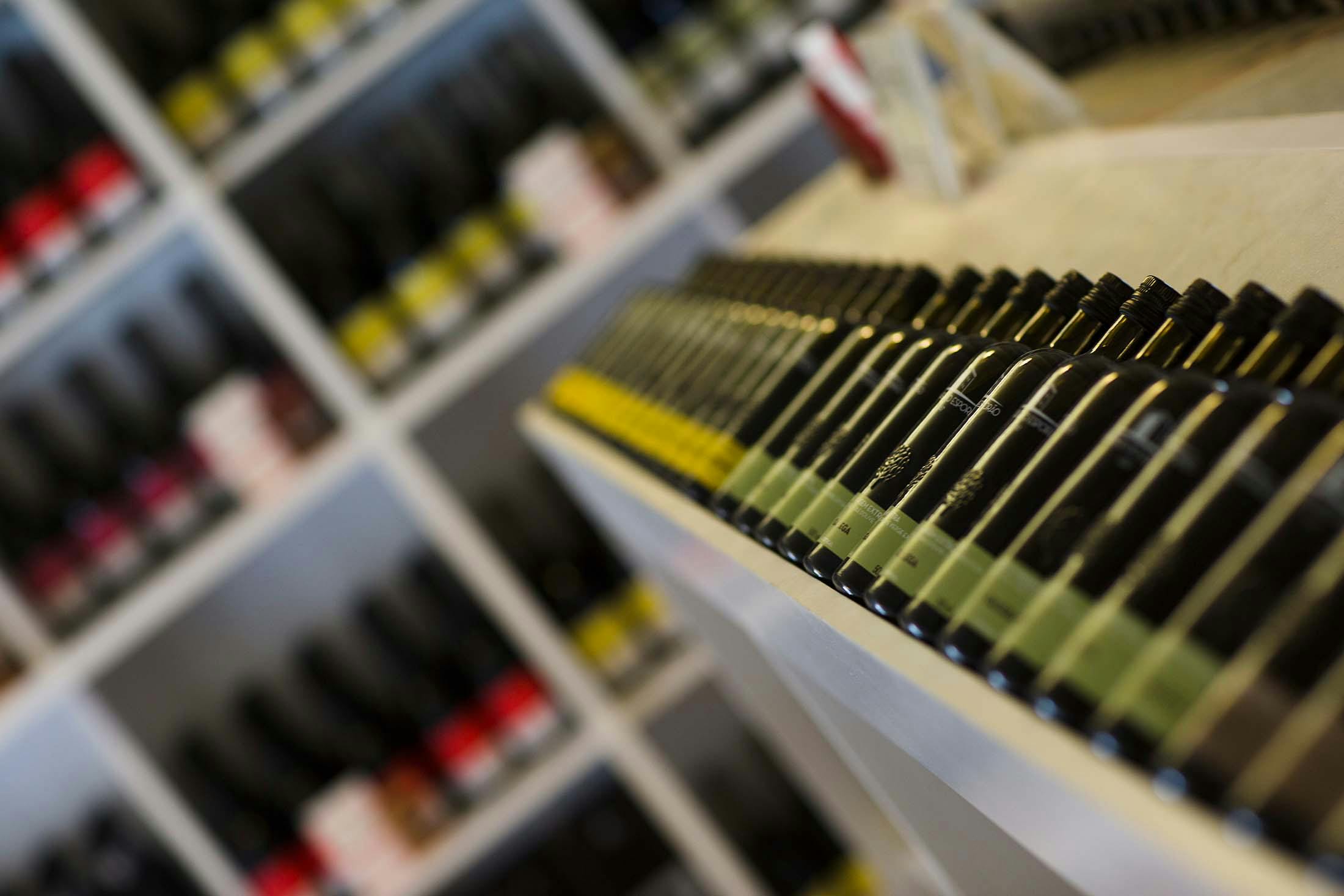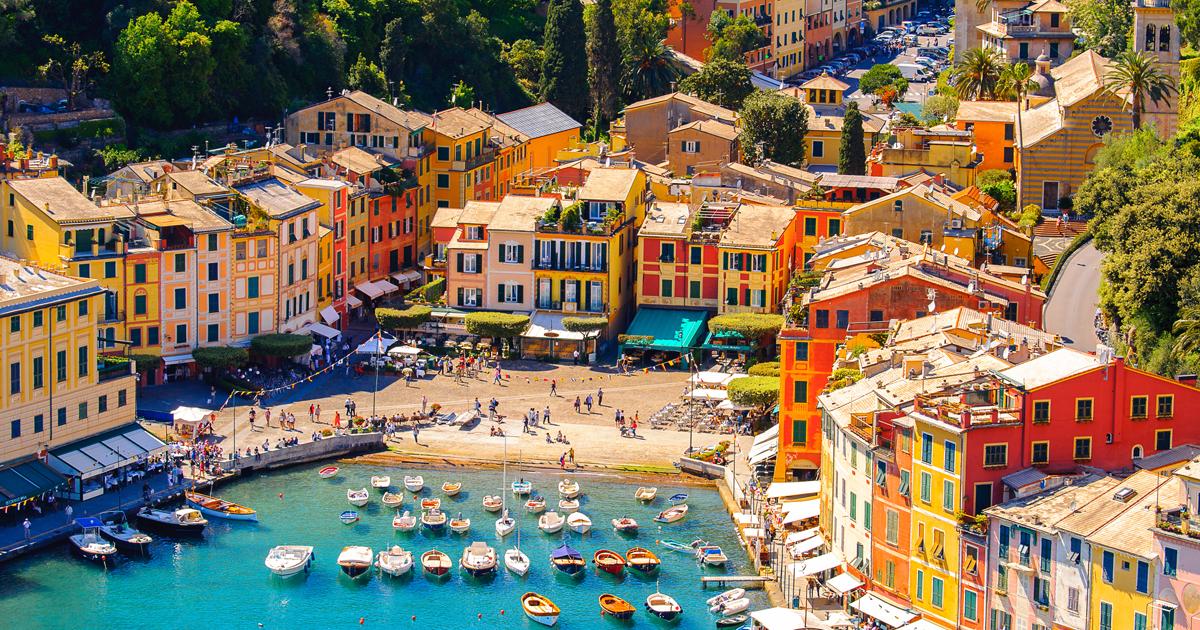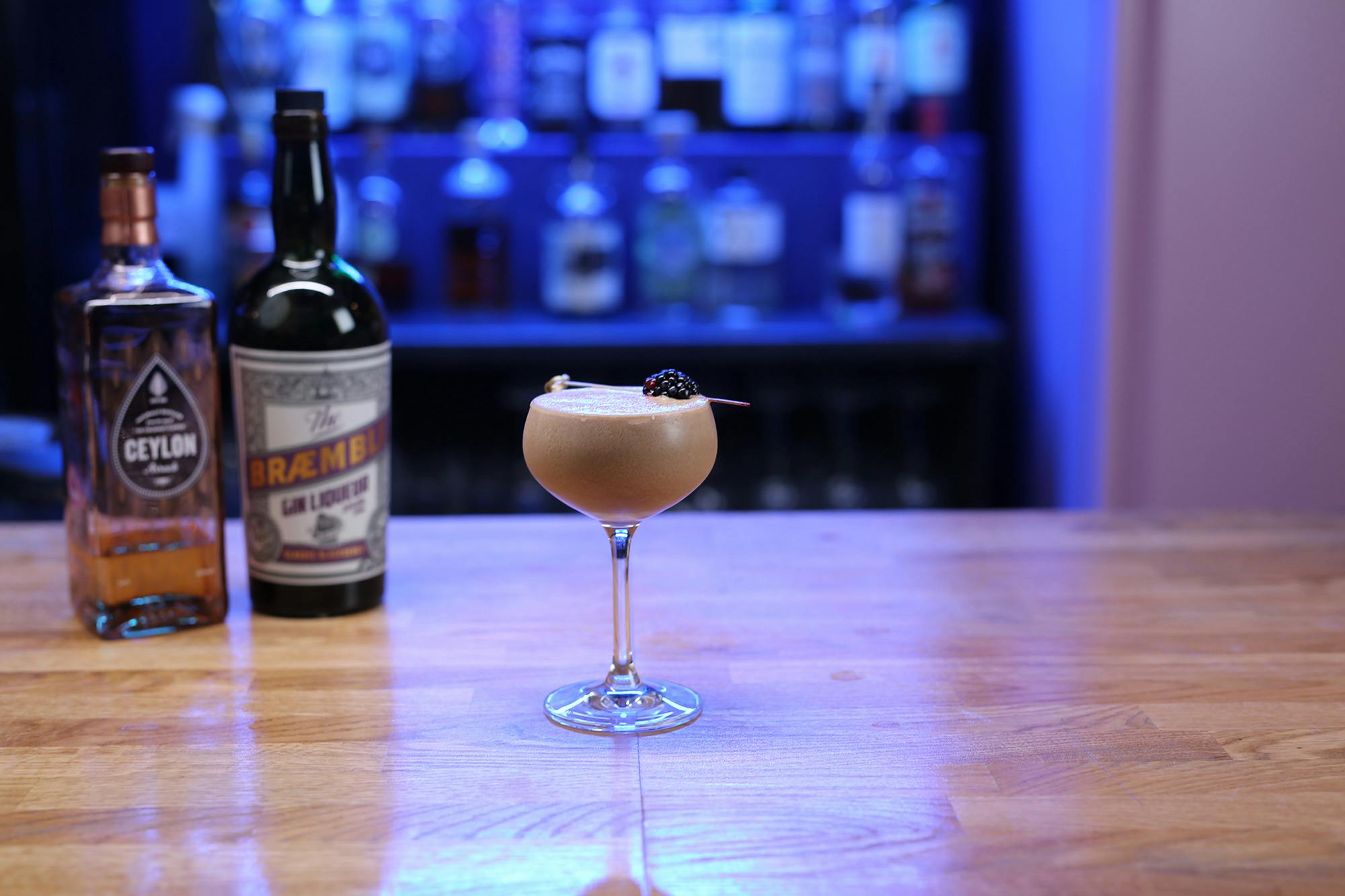We Talk to Experts: S.A.L.T. Lab Radio’s Exclusive Wine Guide to Sicily
We’ve consulted five sommeliers and wine experts from Italy and the U.S. to ask: What wines should we try, and why? Following are their recommendations on Sicily’s most interesting wines, including those that should be enjoyed this fall and those that offer the best value.
Shelley Lindgren, Sommelier, San Francisco

When Sommelier Shelley Lindgren opened A16, a Roman pizzeria in San Francisco, she was the first to sell Etna wines by the glass. (In 2004, just three reds could be found.) Her Southern Italian wine program caught on, and she earned a James Beard award in 2015. Lindgren knew the demand for Etna Wine had turned a corner when Vini Franchetti’s Passopisciaro became sought after.
Lindgren laments that many Etna wines are allocated– many producers now limit the amount that can be purchased by one person, (so that there’s enough to go around)– but she celebrates this new phenomenon as proof that Sicily is the “Paradiso di Vini.” Last year, the Consulate General of Italy knighted Lindgren for her dedication to Italian wine and gastronomy. Look out for Lindgren’s upcoming cookbook “The New Italian Wine,” due Spring 2022.
She’s also the founder of A16 pizzerias and Author of “A16: Food+Wine,” the 2009 winner of the IACP “Cookbook of the Year” award and the First Book/Julia Child award.
Most intriguing Sicilian wines? Lindgren recommends an Etna Rosso called “Vigna Barbagalli” that’s made from Nerello Mascalese grapes by the Pietradolce winery in Stolicchiata. “The old vines of Etna tell stories of perseverance,” she says in tasting notes. “Pietradolce’s “Barbagalli” still produces wines with vigor and depth of flavor.”
Lindgren also loves Catarratto white wine by De Bartoli and the “bright, delicate” red wines made with Frappato grapes.
Best Value: Named after one of Sicily’s beautiful baroque towns located on the Southeastern part of the island, “Noto” by the Marabino vineyard does an excellent biodynamic take on Nero d’Avola. “It continues to deliver for the price and quality that Sicilian wines can achieve,” Lindgren writes in her tasting notes. “It is versatile and classic in the chocolate covered cherries, maraschino cherries, and licorice notes.”
Want to try a wine that’s best for Winter? Lindgren recommends an Etna Rosso by Contrada Santo Spirito do Passopisciaro called “Anima Ardente.” This wine is also made from Nerello Mascalese grapes grown in the ungrafted “bush style” known on volcanic rock terraces of the Etna. In her tasting notes, Lindgren chooses Anima Ardente because “it has the brightness and beautiful red fruit that reminds me of other fall red wine favorites from Burgundy, Piedmont and Beaujolais. A beautiful elegance of ripe strawberry, sage, currant and blood orange.”
Lawrence D’Almeida, Ambassador, Wine-Maker, Lecturer, Tuscany

An ambling Bugatti sports car, driven at leisure, is how wine consultant Lawrence d’Almeida thinks about the evolution of Sicilian wine. He drank his first Regaleali white 45 years ago in Rome and remembers the clean taste.
“I am not an expert specifically, but I have opinions and views and the world of Italian winemaking is a wonderful one,” he says about working in the field after so many decades. “It’s ineluctably positive and going in a positive direction.”
Specific to Sicily, D’Almeida believes white wines are Italy’s true treasure, particularly the grapes grown on the volcanic Aeolian Islands off Sicily’s northeastern coast. As part of the job, d’Almeida tests local cultivars in various ports of the world, and if he approves, shares them.
Most intriguing Sicilian wines: D’Almeida recommends a dessert wine called “Najm” by the Cantine Colosi winery on Salina, an island in the Aeolian archipelago. “The sweet wines made in the islands surrounding Sicily, beginning with Donnafugata’s Ben Ryé, are legendary,” read his tasting notes. “This sweet Malvasia delle Lipari (late harvest air-dried on mats) is grown on the volcanic mineral soils of the island of Salina; it’s an extraordinarily rich and complex yet mineral and light-footed sweet wine, with exquisite flavors of ripe figs and mandarine peel, among many others.
“A tribute to the great sweet wine-makers not only of the world (the least popular of all wine types, yet the most arduous to make), but specifically of the sunbaked, wind-swept, salty shores of the Sicilian isles.”
Want to try a wine that’s best for Winter?: D’Almeida likes a red blend of Nero d’Avola and Frappato called “Cerasuolo di Vittoria” by Feudo di Santa Tresa, a biodynamic winery located where the earth runs a shade of red in southeastern Sicily. This is, he writes, “simply luscious, smooth with a serious structure, fabulous fruit (ripe cherry, prunes, and overripe strawberries), soft tannins, good acidity and balance.
It’s my kind of red, and unique to the South-Central region of Vittoria: Organic, 60 percent Nero d’Avola (15 percent of which is late-harvested), 40 percent Frappato; and low yields. Nothing like it anywhere other than in Vittoria, and this is a favorite Cerasuolo di Vittoria.” Santa Tresa’s was the first wine ever to be so labelled, back in 1950.
Best Value: D’Almeida recommends a white wine from Catarratto grapes called “Antisa,” grown on an estate outside of Palermo by the Sicilian noble family Tasca d’Almerita. In his tasting notes, D’Almeida tells us that “Sicily is an island of white varieties even more than red. Catarratto still accounts for 60 percent of Sicily’s vineyards. The supply therefore keeps prices low, and even though there are predictably many examples of indifferent Catarratto (often blended), when yields are low and winemaking is attentive, Catarratto can be supremely delicious.
“Tasca’s “Antisa” exhibits flavors of cantaloupe and subtle citrus, while the use of oak is judicious, just enough to exalt the concentration of the wine and add to the sensual mouthfeel.”
Talia Baiocchi, Founder & Editor-in-Chief of Punch magazine

Talia Baiocchi’s first memorable encounter with Sicilian wine took place in Italian Wine Merchants, a wine shop in Manhattan, where she sipped on a chilled glass of Frappato. Its soulfulness, ease and likability struck her, and it occurred to her that it quite possibly was a chuggable wine.
Working at the wine shop at the time, Baiocchi sold just a “smattering” of Sicilian reds, but that bottle by Valle dell’Acate always did well and intrigued her to learn more about the wines there. In other roles in the wine industry, she has served as editor at Taste, an online magazine for home cooks, and was formerly the wine editor at Eater, a food news publication. She has also written books on sherry and spritz.
On a recent visit, Baiocchi says the intensity of the Etna producers and the awareness of their mortality left her contemplating the oxymorons of viticulture. That’s because Mount Etna is an active volcano. On the surface, it’s a very hostile and challenging environment for growing anything. Because of that, being so exposed and aware of all the elements — sometimes playing with fire, literally — there is a distinctive vitality to the wine and the people.
Most intriguing Sicilian wines: Baiocchi goes for non-fortified wines from Marsala, an area on the Western coast, by producers like De Bartoli, Badalucco and Barraco. “They are typically multi-vintage blends, often from a single site and made via a process of fractional blending similar to sherry,” she shares in her tasting notes. “While they tend to embody some of the hallmarks of fino sherry (salty, bready), they are wines that are wholly unique.”
Want to try a wine that’s best for Winter? For a compelling Fall wine, Baiocchi likes a white called “Le Mie Origini,” a natural wine made of Catarratto indigenous grapes by Alessandro Viola. Why? “His Grillo aged in old chestnut barrels see a touch of skin contact. It’s textured, rich, but still bracingly acidic—everything I want in a white right now.”
Best Value: Clearly an enthusiast, Baiocchi has a comprehensive list of excellent value Sicilian wines to try. These include Arianna Occhipinti’s “SP68 Bianco,” an Albanello and Zibibbo blend and “SP68 Rosso,” a Nero d’Avola and Frappato blend. She also recommends Marco De Bartoli’s “Grappoli del Grillo,” and “Sole e Vino,” a Grillo and Zibibbo blend. Other suggestions: Calabretta’s “Nerello Mascalese,” Calabretta’s “Cala Cala Rosso,” a rare red blend and Gulfi’s “Carjcanti,” made with the Carricante white grape.
Joe Campanale, Celebrated Sommelier, Winemaker and Co-Founder of LaLou and Fausto restaurants in New York City

“I’m so glad to see that the world is waking up to the fact that Sicily offers a lot more than just Nero d’Avola!” says Joe Campanale, sommelier and co-founder of Lalou and Fausto restaurants in New York City.
Back in college, Campanale drank his first Sicilian wine– it was a juicy and affordable Nero d’Avola with New York University friends in the East Village.
Campanale has become a specialist in southern Italian wine and was named “Sommelier of the Year” by Food & Wine. In 2013, he started making his own Italian wine label “Annona,” from the indigenous grapes of the Campania and Abruzzo regions. He also hosted “In the Drink,” a wine-focused podcast featuring the greats, including the illustrious Antonio Benanti, an Etna wine producer.
These days, Campanale organizes virtual wine tastings via Zoom and says Sicily’s wines differ to such an extent it could “take a lifetime” of exploration to truly know them well.”
Most intriguing Sicilian wines: Anything from the Etna area, Campanale tells us, but especially the wine from these producers: Frank Cornelissen, Benanti, Romeo del Costello, and Girolamo Russo. He offers a great explanation for why Mount Etna wines are so sought after. “On Mount Etna, Europe’s largest active volcano, there is a combination of some extremely old vines (many of which are ungrafted – a vinous rarity!), volcanic soils, many different slopes and expositions and some very dynamic, talented and interesting winemakers. Also very few wineries are more than 10 or 15 years old so many are still experimenting and getting thrilling results.”
Want to Try a Wine That’s Best for Winter: Campanale loves biodynamic red wine from native Frappato grapes by winemaker Arianna Occhipinti. Says Campanale, “I consider her a friend and after this year so far, I need something comforting and delicious and her wines always deliver that for me…. It is fresh, fruit-forward and friendly but if you pay attention to it there is a lot of depth there as well.”
Best Value: Campanale believes Rosati wine from these Mount Etna vineyards holds great value: Fattorie Romeo del Castello, Frank Cornelissen, Benanti, Girolamo Russo. “I feel like these wines, when made well and intentionally, can have the same level of quality and complexity that Sicilian reds and whites have. I especially love the Rosati from Mount Etna like those from Romeo del Castello, Frank Cornelissen, Benati, Girolamo Russo and so many more.
“Off the mountain, I’d check out the Lamoresca Rosato or the fascinating C.O.S. Rosato Metodo Classico, a Champagne-method sparkling Rose made from Frappato and aged in amphora!”



















